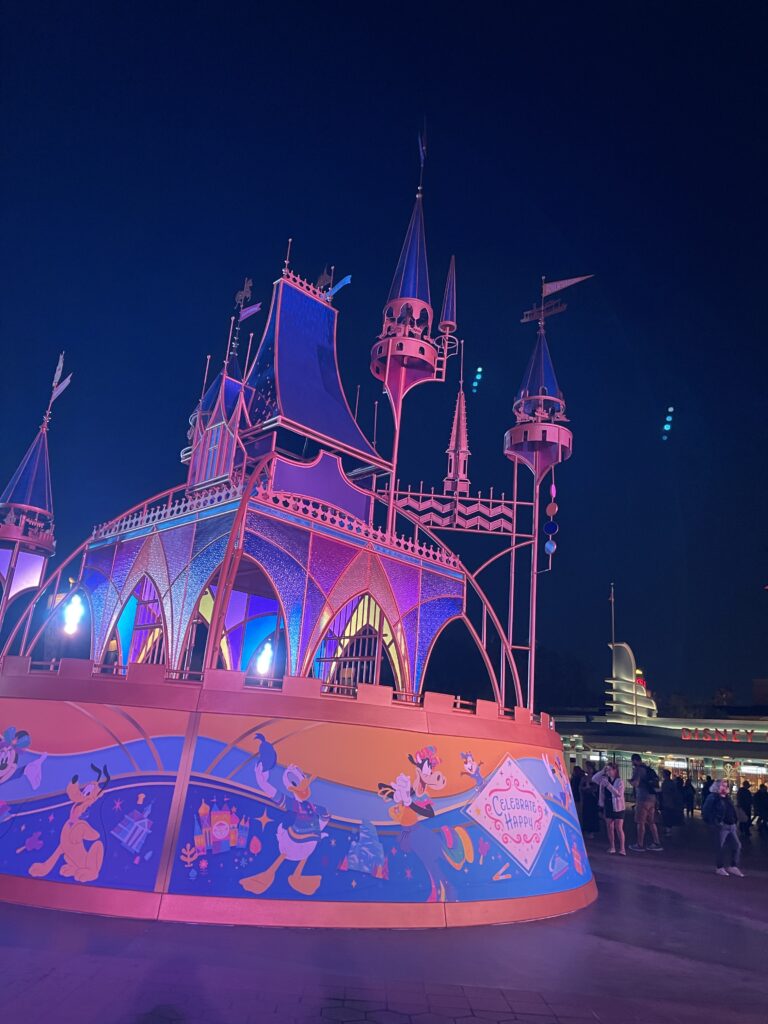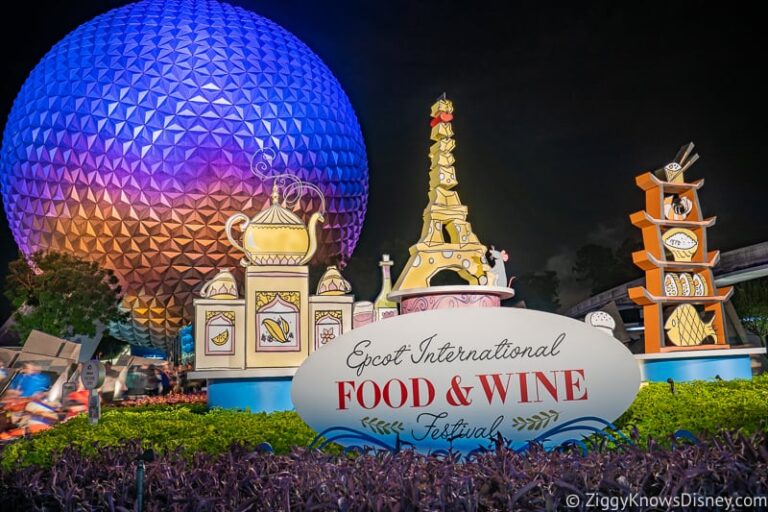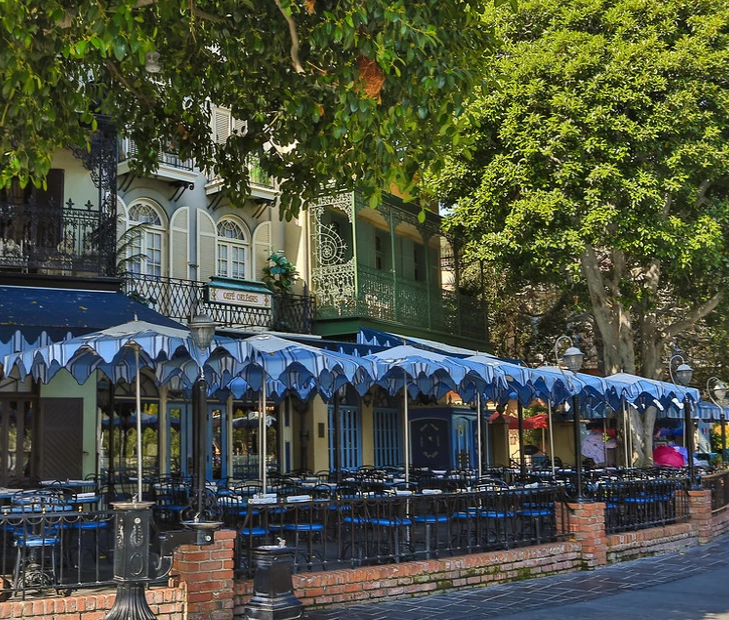
It has been said that New Orleans, Louisiana, celebrates indulgence like no other U.S. city; its reputation for feasting and revelry, especially during Mardi Gras, is legendary. After Hurricane Katrina, the city rebuilt with fervor and tourism is flourishing. New restaurants, hotels and attractions draw millions of visitors to the city each year.
Although some neighborhoods still struggle with the aftermath of the storm, visitors to New Orleans' Central Business District, the French Quarter, Faubourg Marigny neighborhood, the Garden District and Uptown along St. Charles Avenue and Magazine Street will find a city alive and thriving.
In this city synonymous with resilience and rebirth, it takes more than a hurricane or an oil spill to make New Orleanians lose their appetite for fun, food and merriment.
New Orleans is an extraordinary city, and with its unique culture and history, it has long enchanted a wide variety of visitors with a yearning for the romantic, the spiritual, the beautiful or the off-beat. (In what other U.S. city would a voodoo priestess be buried next to the mayor's family, or funerals be celebrated with a jazz band and a processional?) That magic feeling is stronger than ever, a calling card to a city with a spirit too beautiful to ever break.
Must See or Do
Sights—St. Louis Cathedral and the French Quarter (also called Vieux Carre); the Garden District; Woldenberg Riverfront Park; an aboveground cemetery; the view of the city from Algier's Point.
Museums—The Ogden Museum of Southern Art; The Cabildo; the Historic New Orleans Collection; the National World War II Museum; the Southern Food and Beverage Museum (SoFAB); the New Orleans Museum of Art.
Memorable Meals—Whole roasted fish at Peche Seafood Grill; trout amandine at Galatoire's; fried chicken and Creole gumbo at the legendary Dooky Chase; turtle soup at Commander's Palace.
Late Night—Frenchmen Street music and nightlife; Rock 'n' Bowl for all types of music; Tipitina's for local acts; Snug Harbor Jazz Bistro for traditional jazz; Preservation Hall for all-ages jazz shows off Bourbon Street; coffee and beignets at Cafe du Monde.
Walks—Gallery hopping along Royal Street; a nighttime stroll along The Moonwalk to view the Mississippi; daytime walks along St. Charles Avenue and through Audubon Park; the neighborhoods of the Garden District.
Especially for Kids—The Discovery Garden at Longue Vue House and Gardens; Audubon Aquarium of the Americas; the Audubon Zoo; the Audubon Butterfly Garden and Insectarium; Carousel Gardens Amusement Park in City Park.
Geography
New Orleans is sometimes called "the Crescent City" because it curves like a half-moon around a bend of the Mississippi River. Its orientation blunts the points of the traditional compass—no one in New Orleans navigates using north, south, east or west. Local directions refer to "riverside" (toward the Mississippi), "lakeside" (toward Lake Pontchartrain), "uptown" or "up river" (above Canal Street) and "downtown" or "down river" (Canal Street and below).
The city's position at the mouth of the Mississippi River and proximity to the Gulf of Mexico does make the area more prone to severe weather patterns such as hurricanes.
Areas of New Orleans that visitors typically enjoy, such as the French Quarter, Uptown and the Central Business District, were virtually untouched by Hurricane Katrina. Outlying areas such as the Lower Ninth Ward, Lakeview and St. Bernard Parish did see high flood waters, but revitalization is well under way. This progress is attributed to the many voluntourism organizations and the many voluntourists who have visited since 2005. Organizations such as Brad Pitt's Make It Right foundation, Beacon of Hope, St. Bernard Project and Habitat for Humanity have worked to build hundreds of homes and assist residents in returning to their neighborhoods.
Most tour companies include highlights of these areas in their city tours, or you can rent a bike, car or hire a cab to go yourself. Just watch out for potholes on the roads in neighborhoods all around town (a perpetual problem).
History
It was the Chitimacha and Chawasha people who were the first to recognize the benefits of settling near the mouth of the Mississippi River. The next was French Canadian explorer Jean-Baptiste Le Moyne, Sieur de Bienville, who in 1718 named what is now the French Quarter for Philip, Duc d'Orleans and regent of France. A call went out for settlers.
But few French people were willing to risk life in the mosquito-infested swamplands of Louisiana. French authorities had to lure male settlers with tales of diamonds, rubies, emeralds, beautiful sand beaches and snowcapped mountains. The authorities also had to free 88 women from Parisian prisons to be their brides. When enslaved West Africans were forcefully transported by ship to New Orleans, the religion of vodun arrived with them. Vodun, or voodoo, is a religion of African origin that's also largely practiced in Haiti. After the Haitian Revolution in the late 1700s, French colonists and slave-masters sought to oppress the voodoo practitioners in New Orleans to avoid a similar uprising. This oppression encouraged the enslaved peoples to hold onto their beliefs more strongly, giving way to the development of current-day Louisiana voodoo.
New Orleans remained a French colony until it was transferred to Spain in 1762, but Spain gave it back to France in 1800. Three years later, Napoleon Bonaparte sold New Orleans and 40% of what is now the continental U.S. to U.S. President Thomas Jefferson as part of the Louisiana Purchase—at roughly five cents an acre. In 1805, New Orleans was incorporated as a city.
As a major port, the city was assured ongoing growth and prosperity, as well as occasional disturbances. It was the focus of several important battles, including the Battle of New Orleans (the War of 1812) and a Civil War siege in 1862 that left the city in the hands of Union forces.
But neither war nor progress has altered its status as one of the most unusual of U.S. cities. Perhaps that's because of the decades of French rule, its relatively remote location in the Deep South and its mixed population of French, Anglo-Americans, African Americans, Italians, Irish, Spanish and Cajuns. More recently, Cuban and Vietnamese immigrants have added even more spice to the cultural gumbo.
Potpourri
Mardi Gras was a pagan rite of spring before the Roman Catholic Church incorporated it as a last-chance celebration before the rigors of Lent. Mardi Gras literally means Fat Tuesday. It is the day before Ash Wednesday that begins the Lenten season. Mardi Gras was first celebrated by the ancient Greeks more than 5,000 years ago.
The colors of Mardi Gras are purple for justice, green for faith and gold for power.
Locals understand that Carnival is a season, not a day—a dizzying array of parades, masked and unmasked balls, pageants and King Cake parties are held around town.
Tennessee Williams wrote A Streetcar Named Desire in his French Quarter apartment on St. Peter Street.
The term Creole has been used to describe people, music, ponies, architecture and, of course, food. But purists insist that it should refer only to people, generally with French or Spanish parents, who were born in Louisiana during the colonial period. Descendants of colonial Creoles often claim the name, too, and those of mixed African and European ancestry are sometimes called "black Creoles" or "Creoles of color."
New Orleans is known as the most haunted city in America, with many B&Bs and hotels claiming to be haunted. If you're not scared of ghosts, take in one of the city's many different haunted tours.
Thanks to a program of generous tax credits for production companies, New Orleans has become a popular filming location, earning itself the nickname Hollywood South. Don't be surprised to see a few celebrities around town. Sandra Bullock and John Goodman own homes in the city.
Brad Pitt is especially popular with the locals for his can-do attitude toward helping the city rebuild following Hurricane Katrina. He has invested and raised more than US$45 million to fund his "Make It Right" project, which built 150 affordable, ecologically sound homes in the Lower Ninth Ward, including one designed by Frank Gehry.
Location
Located just behind the New Orleans Convention Center on the Mississippi, the Erato Street and Julia Street cruise terminals are in the heart of downtown with easy access to hotels and attractions. There is an ATM available, as well as a refreshment stand serving snacks, coffee and ice cream, and a souvenir kiosk in case you need to make last-minute purchases before getting back onboard. The terminal is in the same building as the Riverwalk Marketplace, so passengers can do a little extra shopping until it's time to board.
Tourist information is available at the tourist center on Jackson Square, within walking distance of the wharf. In addition, tourist kiosks operated by a private company are located all over town, including next to Cafe du Monde in the French Quarter.
Shore Excursions
New Orleans is a city where les bons temps rouler (the good times roll), with jazz heard on practically every street corner and the clomp of mule-drawn carriages clattering by. For a taste of the city, take an open-air bus tour through some of the well-known sites.
It's the French Quarter with Jackson Square, the stately mansions around the Garden District and famous St. Charles, known for the St. Charles streetcar, that are sure crowd pleasers in the city. Tours can include a stop at the St. Louis No. 1 Cemetery, considered the "Hollywood" of New Orleans' cemeteries for views of the final resting place of voodoo queen Madame Marie Laveau, among other famous residents. At Lake Pontchartrain, view—or better yet, ride over—the longest bridge in the world, a 24-mi/39-km causeway connecting New Orleans to the lake's Northshore communities. The Audubon Park is splendid, with fountains, picnic areas on the levee, and an old zoo.
For plantation tours, the majesty of Oak Alley Plantation comes alive with the ancient alley of American oaks welcoming visitors. The Laura Plantation is a beautiful example of Creole French architecture. For a more authentic depiction of the American South, a visit to the Whitney Plantation offers visitors the chance to visit a home that's now devoted to the story of slavery in the U.S.






































